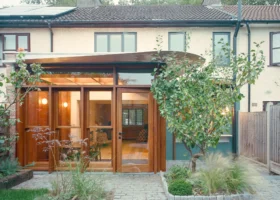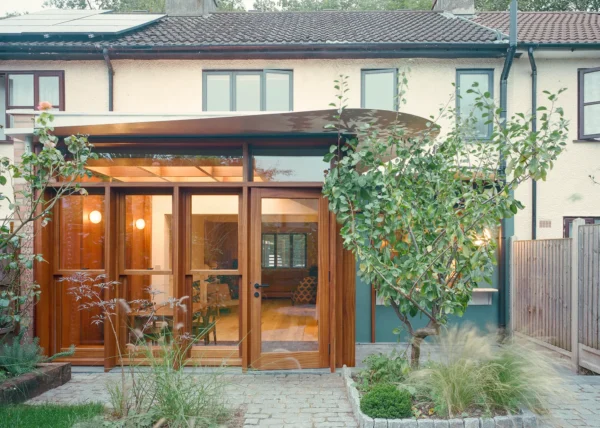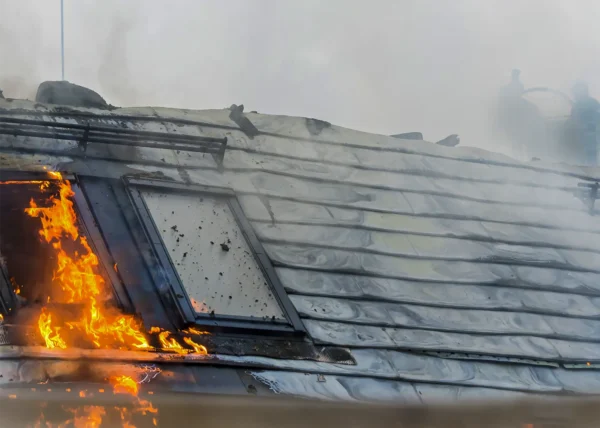Q&As
Cracks in Tyrolean render
I moved into my newly built house almost 3 months ago. The house has been rendered using self-coloured Tyrolean Render. When the render was first applied there were large patches that are much lighter than the overall colour. My builder tells me it is lime bloom, but surely this wouldn’t be apparent straight away?
Now, more worryingly, long cracks are appearing from the bottom corners of the window frames right down to the bottom of the wall. Most of these cracks run diagonally but one is vertical. Am I right in that cracks cannot be patched successfully and the only way to deal with it would be to patch and then paint the wall (defeats the object of low maintenance self coloured materials). If this is the case, who is financially responsible? My architect for specifying the material, my builder for applying it, the manufacturer, or me?
I have taken out a warranty with Build Zone although it hasn’t yet been finalise as my builder hasn’t yet supplied all the relevant paperwork. My architect is also going to issue an architect’s certificate. I would really like to know where I stand – I am a lone woman in my 60s and am wary of being fobbed off by my builder or having unsightly repairs! This was supposed to be a nice new house for the rest of my life without any worries of repairs being needed. Please can you help me??
Under the terms of my contract I am still withholding 2.5% of the build costs for 12 months for snagging to be rectified.
Answers
Lime bloom (or efflorescence) can be apparent early on, especially with cement-based renders and brickwork. It’s down to the salts in the bricks coming through and while it can look odd, it usually clears up over the first few years.
The cracks are more worrying and something is obviously not right if so many are appearing after only 3 months. Possible causes of the cracking could be settlement of the structure behind the render; or perhaps the render itself has dried out too quickly, which sometimes happens if it is applied in hot weather. It’s likely that any repair patches will be visible, even with careful colour matching, so it is not ideal and I agree that painting the whole thing defeats the object of the exercise.
I’d arrange a meeting on site with both the architect and the builder to see if there is a way to both ascertain the cause and to rectify what is clearly an unacceptable defect. My initial feeling is that it is the builder’s job to rectify, as he should have mixed and applied the finish to the architect’s specification. If you have a structural warranty in place, this would indicate that regular inspections have taken place by the warranty provider – so I would have expected them to have spotted any latent defects. Check with them to see if they can help – although they may not be in a position to do so considering the warranty has not been finalised.
If the builder and architect are reluctant to help, you may need to call in an independent structural engineer to assess the likely cause so you have something to support your argument. Diagonal cracks could indicate stress rather than settling cracks, for example, so it would be worth getting an independent professional opinion. You could call on the architect’s certificate for redress, but to do this, you effectively have to sue the architect and claim against their professional indemnity insurance, which can be a long-winded process.
If all else fails, and if you haven’t done so already, write to your builder expressing your dissatisfaction with the quality of the workmanship and asking him to sort it out. You must give him a reasonable period to rectify the fault. If he fails to do so, the next step may be to speak to your solicitor and get them to send a letter saying that you will get someone else in to do the job properly and sue him for the cost, including your legal and professional costs, through the Small Claims Court. This could well be enough to spur him into action.
Hope this helps!
Mike Hardwick (Build It contributor & NaSBA Self Build Representative)






































































































